Advertisement
The robotics field has progressed quickly over the past decade, but it still lacks one key ingredient: a standard, large-scale, diverse dataset that can do for robots what ImageNet did for computer vision. Researchers often rely on scattered, inconsistent data sources that are difficult to benchmark and even harder to generalize.
This is where the idea behind LeRobot Community Datasets comes in—a shared data effort aiming to become the go-to resource for training and testing robotic systems. But building something of this scale is neither straightforward nor immediate. So when can we expect it, and how will it take shape?
When ImageNet arrived on the scene in 2009, it didn't just offer a pile of labeled images—it changed the trajectory of AI research. It created a stable, shared benchmark that helped researchers test models against one another on equal terms. The result was an explosion in model development and accuracy. Robotics, however, has never had that luxury. Every lab collects data using different hardware setups, environments, and standards. This lack of consistency makes replicating results and comparing approaches across research groups hard.
Robots also interact with the physical world, which means their data must capture sensor input, motion, tactile feedback, and real-world variability. It’s far more complex than simply labeling cat and dog photos. A robot grasping a cup in a kitchen needs context about the object, the environment, the force applied, the lighting, and the motion path. Scaling this kind of dataset while keeping it diverse and high-quality is a major challenge and a necessary step toward real progress.
This is where the concept of LeRobot Community Datasets begins to take root. Think of it as a massive, open pool of multi-modal, real-world robot data contributed by labs, companies, and individuals worldwide. The aim is to create a centralized, structured, high-quality resource that brings robotic learning closer to reality.
Creating the robotics version of ImageNet involves more than just collecting data. It means agreeing on standards—how data is formatted, labeled, stored, and accessed. It also means building tools that make it easy for users to upload and share datasets. Transparency matters here: researchers need to know the source of the data, the setup used, and any preprocessing applied.
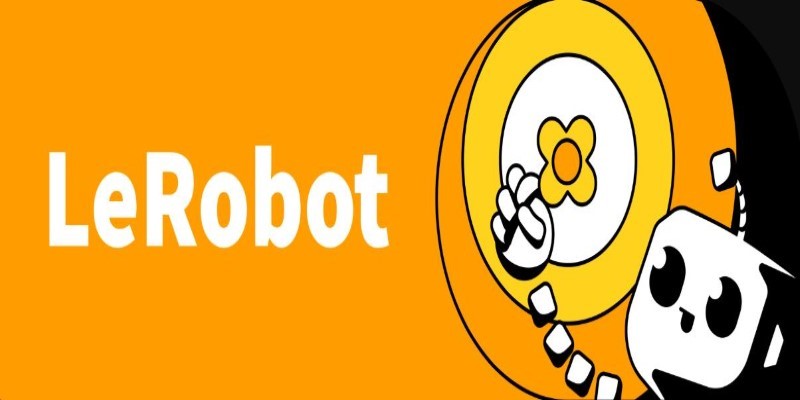
Sensors used in robotics vary widely, from RGB cameras and depth sensors to LiDAR, inertial measurement units, and tactile sensors. That means the dataset won't just contain static images or single sensor logs—it must support complex, time-synced, multi-sensor sequences. And for it to be useful at scale, the metadata describing each recording needs to be detailed and consistent.
Another big hurdle is volume. For the dataset to cover the range of tasks robots are expected to perform—from picking and placing objects to navigating real homes and warehouses—it needs breadth. That includes robot platforms, physical environments, object sets, and interaction types. Crowd-sourced contributions are essential here. No single lab or company can cover this ground alone.
LeRobot will also need smart tools for annotation and validation. Unlike labeling an image with “cat” or “car,” robot data might require labeling actions (“grasp succeeded,” “slipped,” “collision”), object affordances, or even force vectors. That means building interfaces for labeling time-series data and creating AI-assisted tools that make the task less manual.
Security and privacy issues can't be ignored, either. Robots working in private spaces might collect sensitive or personal data, so the system needs to incorporate redaction tools, permission structures, and access controls that allow for ethical sharing.
Finally, the incentive structure must be clear. Why would researchers or companies share data? Access to the full dataset in exchange for contributing a part might be one model. Another could involve citations and recognition, helping build reputations in the community while pushing research forward.
A fully realized LeRobot dataset could become the backbone of modern robotics research. With a shared dataset, algorithms can be tested and compared on equal terms, allowing for stronger benchmarking and speeding up model development.
Access to sensor-rich, real-world robot data would support better generalization in robotic learning. Models trained in isolated labs often fail elsewhere. Broader, more varied data forces models to develop more adaptable behaviors, bringing us closer to robots that can operate in unstructured, changing environments.
It also lowers the barrier to entry. Building a robot lab from scratch is costly and slow. Open datasets let new researchers and smaller institutions focus on model design rather than infrastructure. This encourages broader participation and diversity in research.
Another benefit lies in simulation. Real-world data can generate better, more grounded simulations. This improves domain adaptation and narrows the gap between virtual training and physical-world results. Synthetic data becomes more useful when built on realistic examples from datasets like LeRobot.
Over time, it could even influence regulation. Just as ImageNet sets standards for computer vision, LeRobot might help define what robotic learning systems must meet to be trusted or safe.
The short answer: not immediately, but soon if momentum keeps building. Efforts like Google’s Open Robotics datasets, Meta’s Habitat, and Stanford’s RoboNet are stepping stones, showing shareable robot data is possible and useful.

What’s missing is unification. These projects often stay isolated, with different formats, goals, and licenses. LeRobot would act as the glue—a community-driven structure that hosts, organizes, and aligns these efforts.
In the coming years, building blocks will come together. More labs are sharing datasets. Standardization tools are improving. Demand for scalable, general-purpose robot learning is growing. With support from academia, industry, and open-source communities, LeRobot could become a reality within the decade.
It won't arrive all at once but in stages. First, shared standards, then tools, and then growing data pools tied to benchmarks. Bit by bit, the vision gets clearer and closer.
LeRobot Community Datasets have the potential to unify robotics research through shared data and common standards. By fostering collaboration and transparency, they can overcome limitations caused by fragmented and inconsistent datasets. While it will take time and collective effort, this initiative could provide the foundation for more reliable, adaptable robots. Ultimately, LeRobot could accelerate innovation and bring a new level of consistency to the development of intelligent robotic systems.
Advertisement

AI content detectors don’t work reliably and often mislabel human writing. Learn why these tools are flawed, how false positives happen, and what smarter alternatives look like

PaLM 2 is reshaping Bard AI with better reasoning, faster response times, multilingual support, and safer content. See how this powerful model enhances Google's AI tool
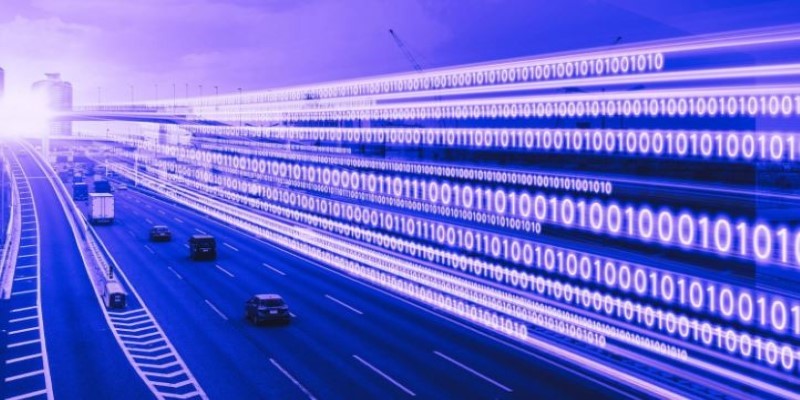
AI in Cars is transforming how we drive, from self-parking systems to predictive maintenance. Explore how automotive AI enhances safety, efficiency, and comfort while shaping the next generation of intelligent vehicles
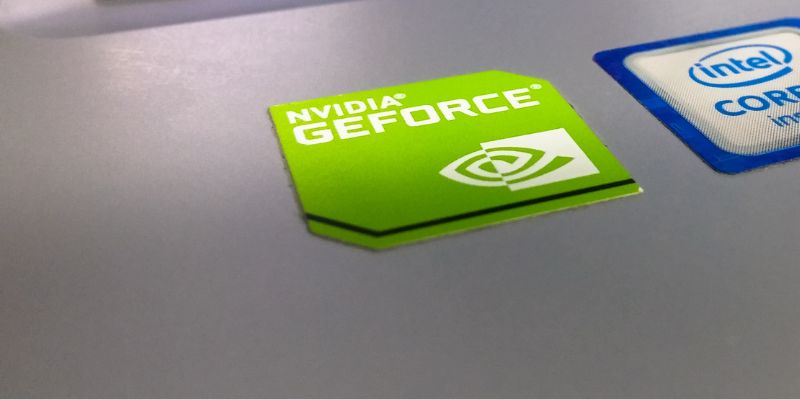
Discover how Nvidia's latest AI platform enhances cloud GPU performance with energy-efficient computing.
Advertisement
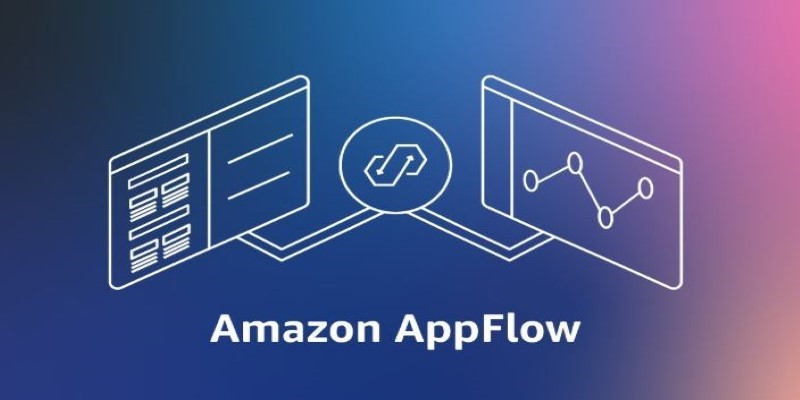
How Amazon AppFlow simplifies data integration between SaaS apps and AWS services. Learn about its benefits, ease of use, scalability, and security features
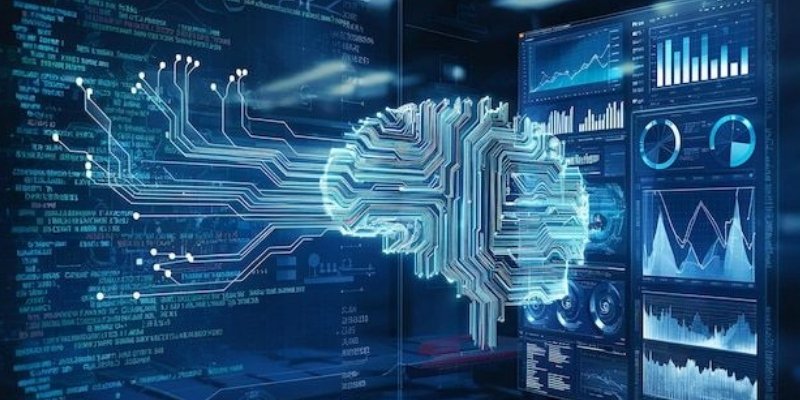
DataRobot acquires AI startup Agnostiq to boost open-source and quantum computing capabilities.
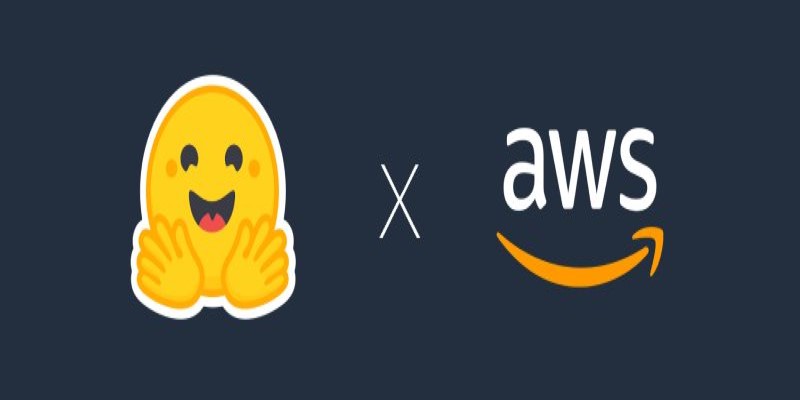
What happens when ML teams stop juggling tools? Fetch moved to Hugging Face on AWS and cut development time by 30%, boosting consistency and collaboration across projects
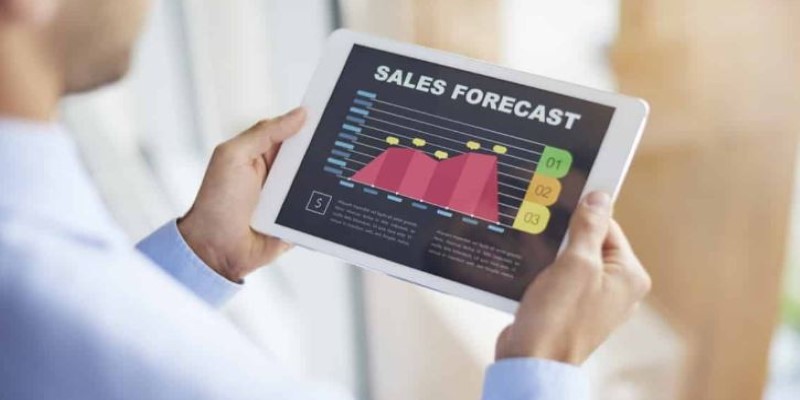
How machine learning is transforming sales forecasting by reducing errors, adapting to real-time data, and helping teams make faster, more accurate decisions across industries
Advertisement
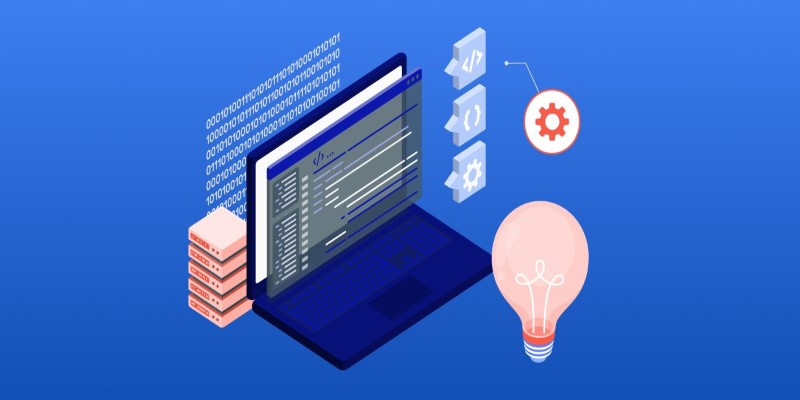
Open models give freedom—but they need guardrails. Constitutional AI helps LLMs reason through behavior using written principles, not just pattern-matching or rigid filters
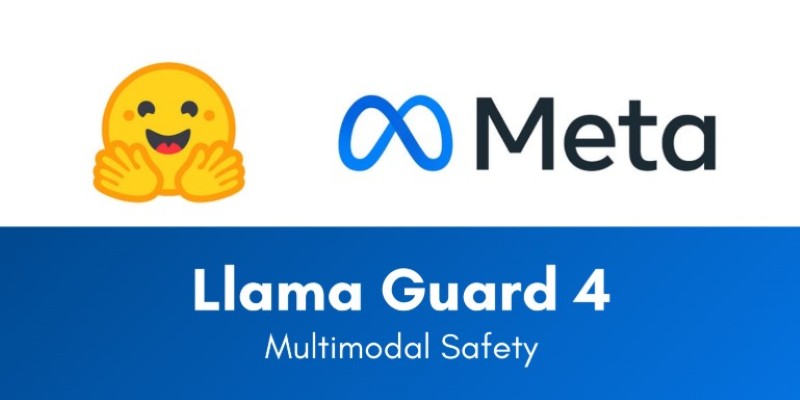
How Llama Guard 4 on Hugging Face Hub is reshaping AI moderation by offering a structured, transparent, and developer-friendly model for screening prompts and outputs

How the AI-enhancing quantum large language model combines artificial intelligence with quantum computing to deliver smarter, faster, and more efficient language understanding. Learn what this breakthrough means for the future of AI
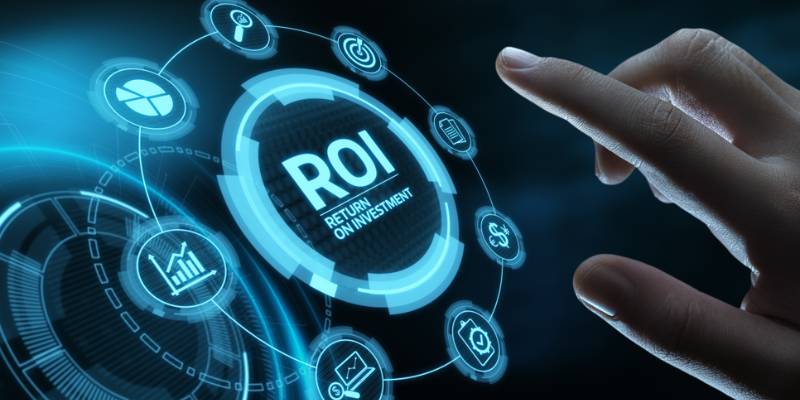
Find how AI is reshaping ROI. Explore seven powerful ways to boost your investment strategy and achieve smarter returns.